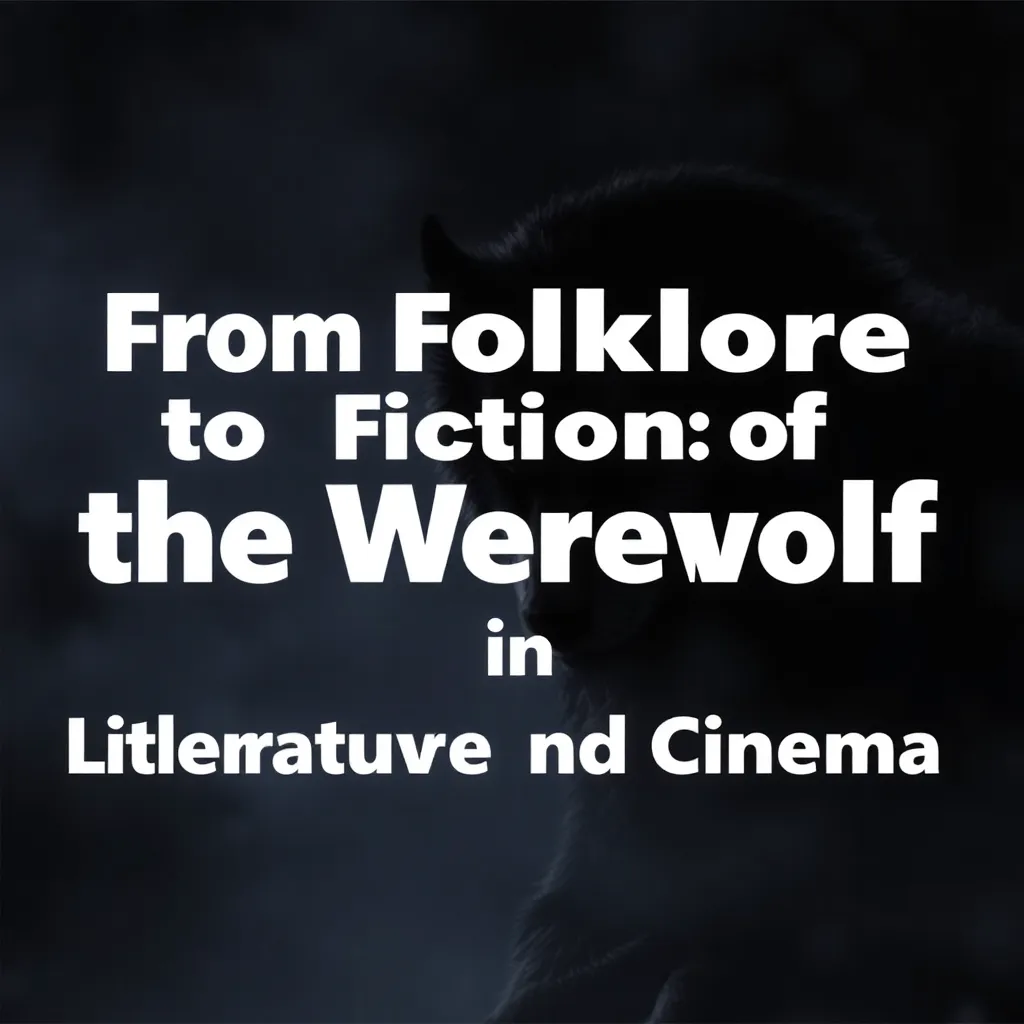The Leprechaun and the Gnome: Comparing Irish and German Mythological Creatures
I. Introduction
Mythological creatures have long captivated the human imagination, serving as symbols of cultural identity and storytelling. In various cultures, these beings embody the values, fears, and hopes of the people. Among these enchanting figures are the leprechaun from Irish folklore and the gnome from German tradition. Both creatures hold significant places in their respective cultures, representing unique aspects of Irish and German heritage.
This article aims to explore the similarities and differences between leprechauns and gnomes, delving into their origins, characteristics, cultural significance, behaviors, folktales, and their representations in modern media.
II. Origins and Historical Background
A. The leprechaun: roots in Irish mythology
The leprechaun is a quintessential figure in Irish mythology, with roots tracing back to the Tuatha Dé Danann, a mythical race of deities and heroes in ancient Ireland. Historical texts, such as the Book of Leinster, mention similar beings known as ‘lobaircin’, which translates to ‘small-bodied’. Over time, these figures evolved into the leprechauns we know today.
- Historical references can be found in 17th-century literature, where leprechauns were depicted as shoemakers.
- The leprechaun’s image has transformed through the centuries, now often portrayed as a jovial figure with a pot of gold and a green suit.
B. The gnome: origins in German folklore
The gnome, on the other hand, has its origins in German folklore, particularly during the Renaissance period. Early depictions of gnomes were often associated with the earth, believed to be guardians of treasures hidden underground.
- Gnomes were first documented in the writings of Paracelsus, a Swiss philosopher and alchemist, who described them as earth-dwelling beings.
- Throughout the 19th century, gnomes underwent a transformation, becoming popular garden ornaments and symbols of domesticity.
III. Physical Characteristics
A. Description of leprechauns
Leprechauns are typically depicted as small, bearded men, usually no taller than two feet. They are characterized by their distinct attire, which often includes:
- A green coat and hat
- A buckled belt
- Brown shoes
Over time, artistic interpretations have varied, with some depicting them in more whimsical or exaggerated forms, yet the classic image remains widely recognized.
B. Description of gnomes
Gnomes are also portrayed as small, humanoid figures, often depicted in a more rustic manner. Typical features include:
- A long beard
- A pointed hat (commonly red or blue)
- Earthy, practical clothing, often resembling that of peasants or laborers
Regional variations exist, with some cultures adding unique elements to gnome representations, such as different hat colors or accessories related to local trades.
IV. Cultural Significance and Symbolism
A. The leprechaun’s role in Irish culture
Leprechauns hold a significant place in Irish culture, often symbolizing:
- Luck and wealth, particularly through their association with pots of gold at the end of rainbows
- A connection to Irish nationalism, embodying the spirit and resilience of the Irish people
B. The gnome’s significance in German culture
In contrast, gnomes symbolize:
- Nature and guardianship, often depicted tending to gardens and protecting plants
- A sense of home and hearth, representing comfort and security in domestic life
V. Behavior and Characteristics
A. Traits and behaviors of leprechauns
Leprechauns are known for their trickery and mischief. They often engage in:
- Playing pranks on unsuspecting humans
- Guarding their treasures, making them elusive and hard to capture
B. Gnome behavior and characteristics
Conversely, gnomes are depicted as industrious and helpful beings. They are often seen:
- Working in gardens, nurturing plants, and ensuring bountiful harvests
- As protectors of nature, fostering a deep connection to the earth
VI. Folktales and Legends
A. Popular leprechaun stories in Irish folklore
Irish folklore is rich with leprechaun tales, including:
- The story of the leprechaun’s pot of gold, which teaches lessons about greed and the pursuit of wealth.
- Other tales highlight their cunning nature, often emphasizing the need for wit to outsmart them.
These stories have influenced contemporary narratives, inspiring movies and books featuring leprechauns as central characters.
B. Gnome tales in German folklore
German folklore also boasts a variety of gnome legends, such as:
- The tale of the gnome who helps a farmer by ensuring his fields are fertile and abundant.
- Stories emphasizing the gnomes’ role as guardians of the earth, highlighting their connection to nature.
These legends have left a lasting impact on modern storytelling, appearing in children’s literature and films.
VII. Modern Representations and Popular Culture
A. The leprechaun in modern media
In contemporary culture, leprechauns have become ubiquitous symbols of Irish culture, often portrayed in various media:
- Films such as “Leprechaun” and animated features like “The Secret of Kells” reinterpret their stories.
- Commercial representations often use leprechauns to promote products, especially around St. Patrick’s Day.
B. Gnome representations in modern culture
Gnomes have also found their place in modern media:
- They appear in films like “Gnomeo & Juliet” and are often depicted in garden decorations.
- Gnomes symbolize whimsy and charm in various commercial products and branding.
VIII. Conclusion
In summary, leprechauns and gnomes, while originating from different cultural backgrounds, share fascinating similarities and differences. Both creatures represent significant aspects of their respective cultures, embodying themes of luck, nature, and guardianship. Their enduring popularity in modern media shows the lasting impact of these mythological figures, continuing to enchant and inspire people around the world.
